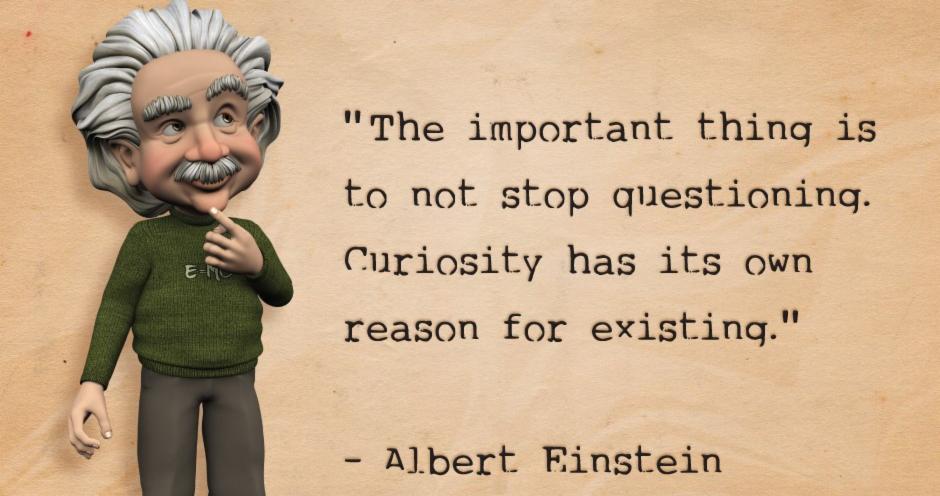Social media formats and expectations are ever-changing. But there are reasons to be familiar with both horizontal and vertical video styles.
If there’s one constant on social media, it’s that nothing stays the same forever – and that includes the debate over horizontal or vertical videos for social. Character counts go up. Photo dimensions differ. Preferred posting times change. Even email opening habits aren’t set in stone. And so, just when you thought you knew which video style to use online, it has changed again. Or has it?
It may be of little surprise to learn that how you format your social media video will go back to your audience’s preferences and the platform you choose. That’s right – the answer once again is “it depends.” You even may need a vertical and a horizontal video as you share across different mediums! So, how did we get here? And is it still a total faux pas to choose one style over the other?
Seeing Black Bars
In the early days of social media, vertical videos were not exactly embraced. A few factors influenced this preference. Cellphones featuring cameras were making their debut in the early 2000s, but picture-taking and recording capabilities were limited at best. Meanwhile, YouTube’s launch in 2005 was kicking off the era of the social media star. And Vine – the early video-sharing app eventually acquired and then shut down by Twitter – wouldn’t launch until 2013.
So, picture this: Creators are sharing their videos on YouTube and viewing video via their computers. On-the-go mobile recording technology isn’t quite there. People are used to viewing content on wide rectangles and boxes, thanks to TV and film. And, of course, a wide-screen format simply shows more of the picture. What does this add up to for visuals? Horizontal videos.
But then, things change. Live video enters the picture thanks to Twitter’s Periscope feature and Facebook Live. Suddenly, viewers can watch events as they unfold. Additionally, smartphones have evolved into vertically held, long rectangular boxes. Everywhere, there is a pressure to create and share content now, including on new platforms like Snapchat. People are capturing and sharing vertical videos that don’t fit wide dimensions, and black bars are filling out the screen.
What does this mean for the horizontal vs. vertical video debate? Even though horizontal was initially preferred, vertical gained ground because it was easier for creators who were simply trying to capture the moment. Eventually, platforms and social media managers recognized a need to innovate and adapt, thus adjusting to – and even encouraging – vertical videos.
Horizontal Video Pros
Now that horizontal and vertical videos alike are filling news feeds, creators have options. However, it’s still necessary to consider the formats and choose the right one. While filming vertically might not be considered a digital fail anymore, there are pros and cons to each. Additionally, choosing the wrong format for the platform will still make a creator look outdated or out of touch.
When should a creator go with a horizontal video format? First, think about what you are capturing. Got a stunning sunset skyline? In awe of a stadium filled with fans? Turn that smartphone camera horizontal to take in everything that is breathtaking.
However, not all images are awe-inspiring mega shots. And going horizontal on a platform like Instagram, TikTok, or Snapchat can make you appear too old school. Horizontal is not always considered a mobile-friendly format, since it forces viewers to rotate their screens from the typical position. But this also gives you a clue as to when to go horizontal.
Consider these questions when preparing your horizontal video:
- Are you shooting a video that you want people to sit with, such as a long interview, mini documentary, or longer business promotion?
- Will your video play on a more desktop-driven platform, or could likely be watched on a computer or large tablet?
- Do you know the social media video aspect ratios and how they inform your content? For example, YouTube is still a landscape platform.
Vertical Video Pros
If horizontal videos are social features worth enjoying for a few minutes, to soak up information or visuals, vertical social videos are casual, quick bites. Now, this doesn’t mean vertical videos don’t require great lighting and clear audio. But it does mean there’s a little more room to play.
Think about content that excels in vertical formats. Selfies, influencer confessionals, little personalized video messages. Vertical video may be casual, but it’s also highly personal. Additionally, vertical video has to do with what is on the screen. Got an outfit of the day to spotlight? Show off that unboxing video with a head-to-toe vertical video.
Again, while horizontal and vertical videos can both be winners, creators miss the mark when they don’t think about audience experience. If you are cropping off a key part of the image or zooming too far out to make something horizontal, that should tell you it’s time to be vertical. Or, if you are inconveniencing your followers by making them flip their screens to view your content, that’s another issue. More than 75% of all video viewing is mobile, as of 2018, so optimizing your digital content could be as simple as thinking about the experience for a viewer on their smartphone. Chances are, that phone is being held vertically.
Which to Choose?
As the great horizontal vs. vertical video debate continues, the only time there will be clear winners is when the content excels on the right platform. Go vertical! Go horizontal! Or do both – just make sure the medium and message are aligned.
And long story short, if your content is going on YouTube, keep it horizontal. If you are aiming to go viral on TikTok, it should be vertical. Give yourself plenty of room to work and make adjustments in post-production by cropping and editing in order to serve multiple platforms.





